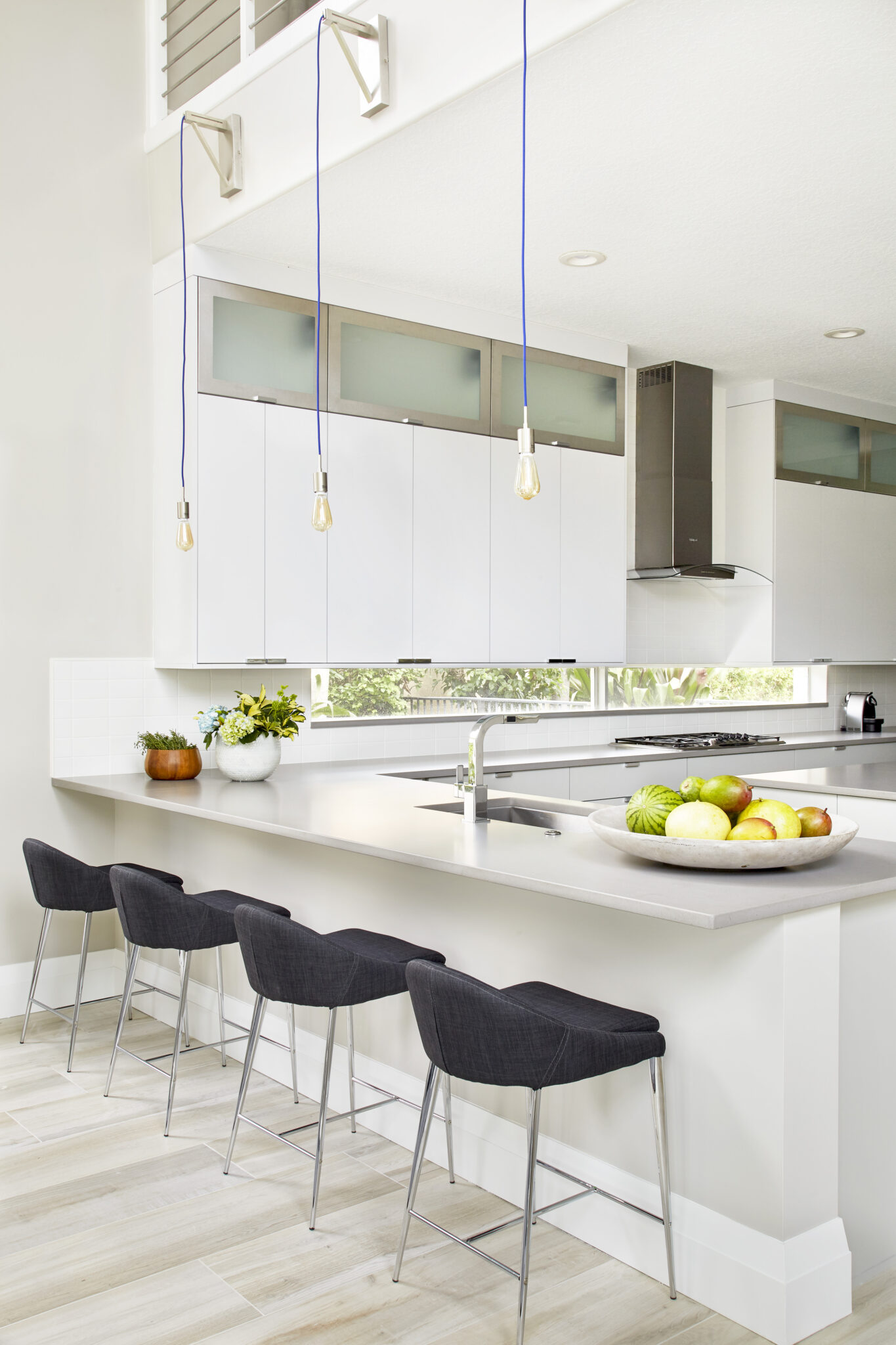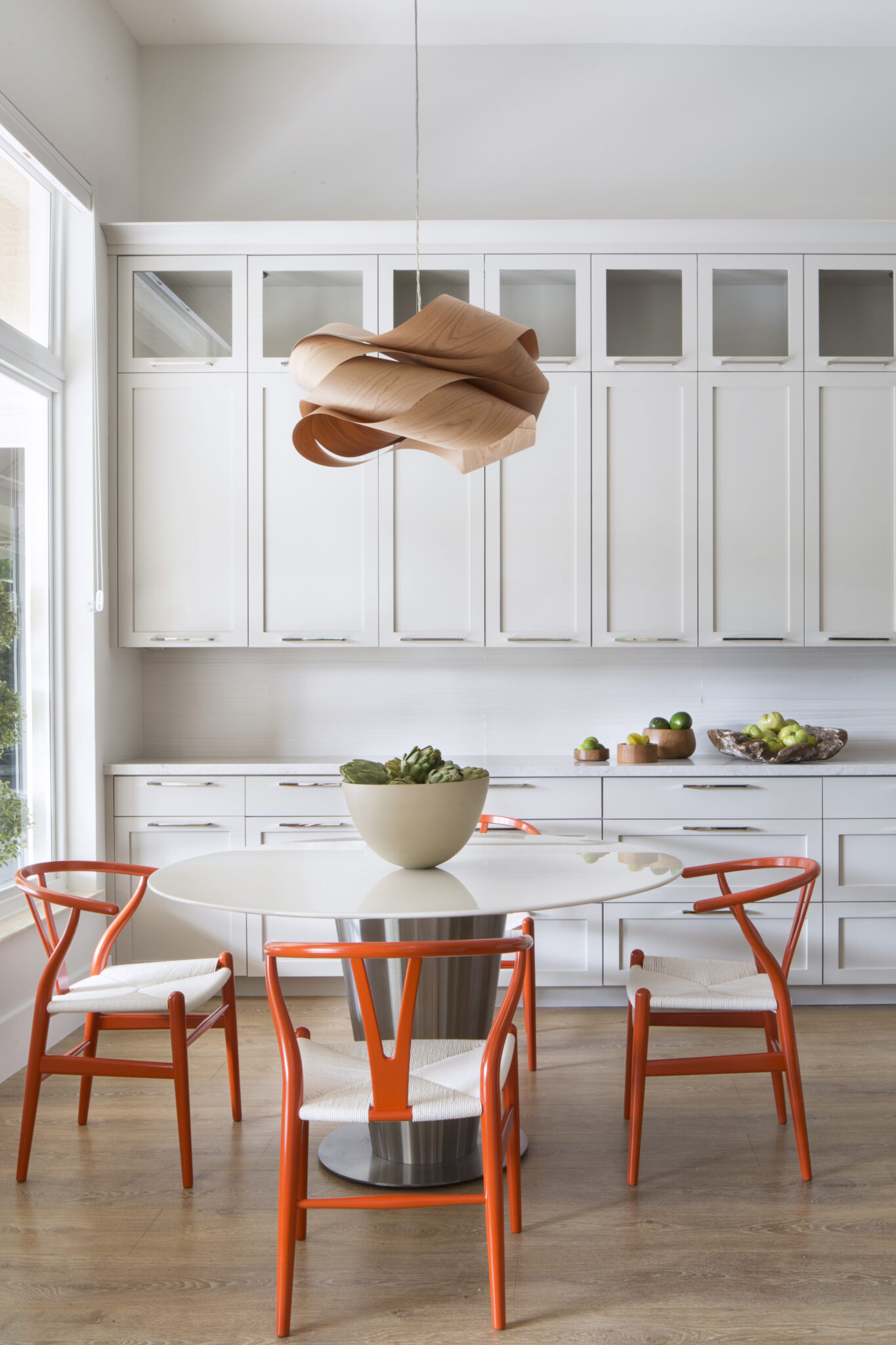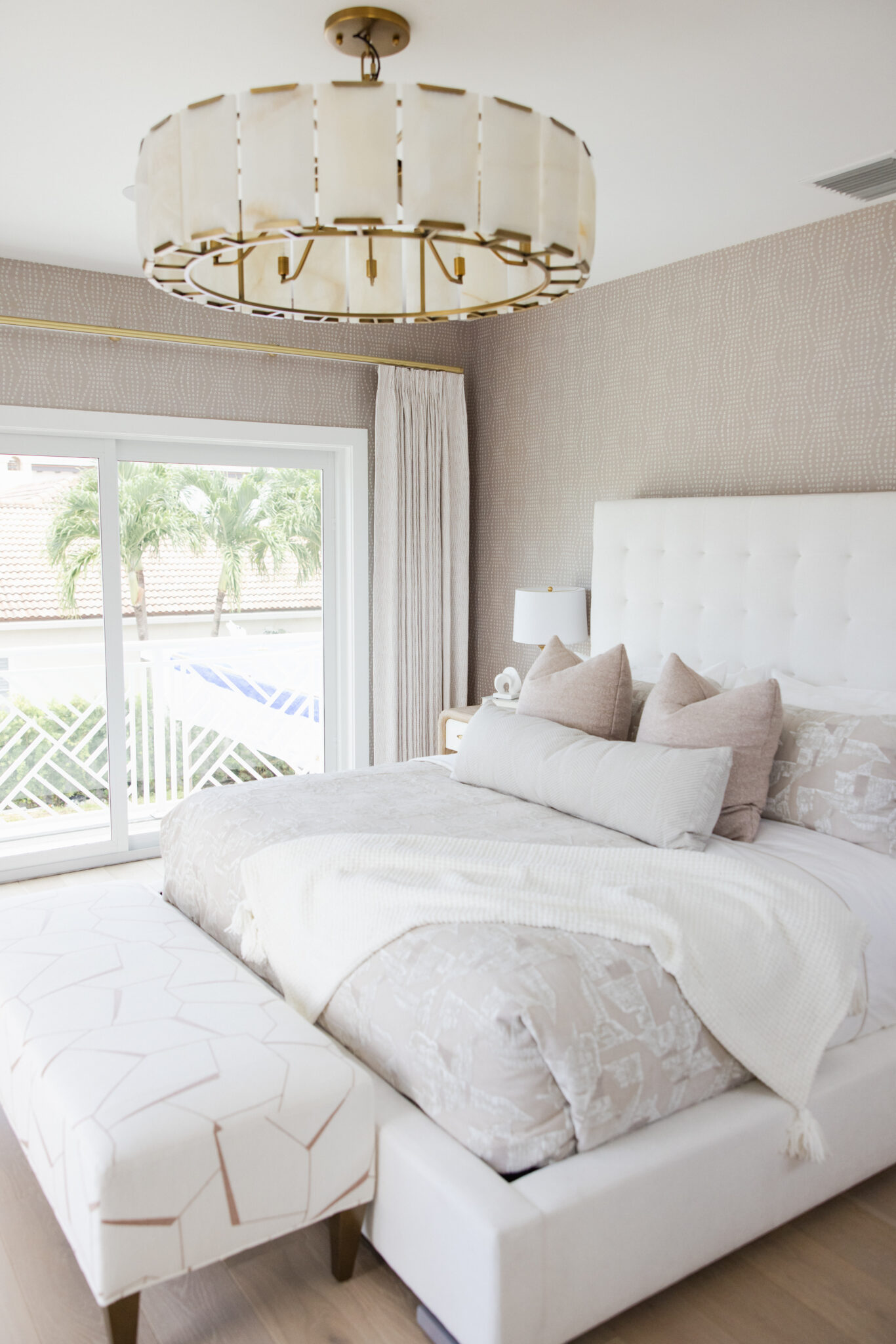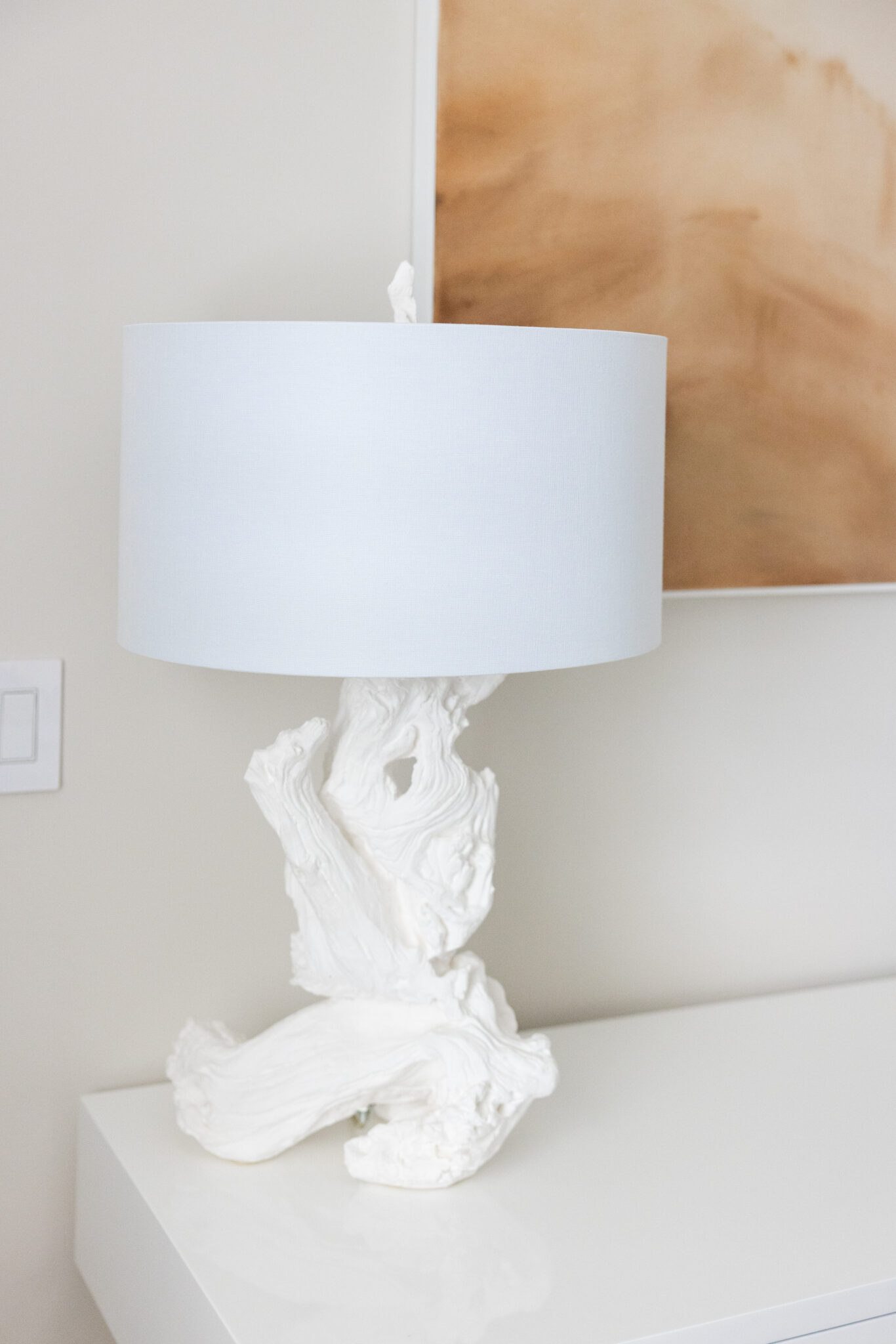Minimalism: Why We Love it!

Interior Design by Krista + Home. Photography by Eve Greendale.
We LOVE Minimalism! Minimalism in interior design is more than just a trend—it’s a lifestyle choice that reflects a desire for simplicity, clarity, and purpose. Over the past decade, this design philosophy has gained significant traction, reshaping how we think about our living spaces and influencing design practices around the world.
Why Minimalism Appeals Today
- Overwhelm of Modern Life: In today’s fast-paced world, many people feel overwhelmed by the constant influx of information, responsibilities, and material possessions. Minimalism offers a counterbalance to this chaos by encouraging a focus on what truly matters—people, experiences, and personal values.
- Sustainability: As awareness of environmental issues grows, more individuals seek sustainable living options. Minimalism aligns with this desire by promoting the use of fewer resources and choosing quality over quantity – and reduces waste! Sustainable materials and timeless designs are key components of minimalist interiors.
- Mental Clarity: There is a growing recognition of the connection between our physical environments and our mental well-being. Cluttered spaces can contribute to stress and anxiety, while a minimalist environment can create a sense of calm and order, allowing the mind to focus.

Interior Design by Krista + Home. Photography by Jessica Glynn.
The Keys to Minimalism:
- Neutral Color Palettes: Minimalist interiors often feature a neutral color scheme, with whites, grays, beiges, and earth tones. These colors create a serene backdrop that allows the mind to rest and the space to feel more expansive.
- Clean Lines and Simple Forms: Furniture and architectural elements in minimalist design are characterized by clean, straight lines and simple, unadorned forms. This approach strips away unnecessary ornamentation, leaving only the essentials!
- Open Spaces: Minimalism thrives on the idea of open, uncluttered spaces. This improves the flow of natural light and enhances the feeling of freedom and spaciousness within a room.
- Functional Furniture: Every piece of furniture in a minimalist home serves a purpose. Multifunctional furniture, such as a sofa bed or a storage ottoman, is often used to maximize space and reduce clutter.
- Quality Over Quantity: In a minimalist interior, few items are displayed, but each one is chosen with care and thought! High-quality, durable materials are preferred, reflecting the minimalist principle of investing in items that will stand the test of time.

Interior Design by Krista + Home. Photography by Jessica Glynn.
Minimalism in Different Spaces
- Living Rooms: A minimalist living room may feature a neutral sofa, a single piece of art, and a few carefully chosen accessories. The focus is on creating a comfortable space that encourages relaxation and conversation.
- Kitchens: Minimalist kitchens often feature sleek cabinetry, hidden storage, and uncluttered countertops. The use of high-quality materials like marble, granite, and stainless steel adds a touch of luxury to the simplicity.
- Bedrooms: In the bedroom, minimalism promotes restfulness. A low platform bed, simple bedding, and minimal decor create a calming environment conducive to sleep.

Interior Design by Krista+Home. Photography by Eve Greendale.
The Future of Minimalism
We believe minimalism is likely to continue evolving. While the core principles of simplicity, functionality, and sustainability will remain, we may see new interpretations of minimalism that incorporate more color, texture, and cultural influences.

Interior Design by Krista+Home. Photography by Eve Greendale.
The rise of minimalism in interior design reflects a broader cultural shift towards simplicity, sustainability, and mental well-being. As more people embrace this design philosophy, our living spaces will continue to evolve, becoming not just places to live, but sanctuaries that support a more mindful and intentional way of life.

